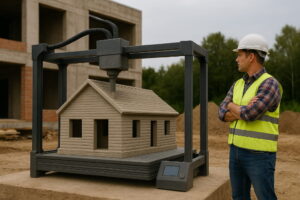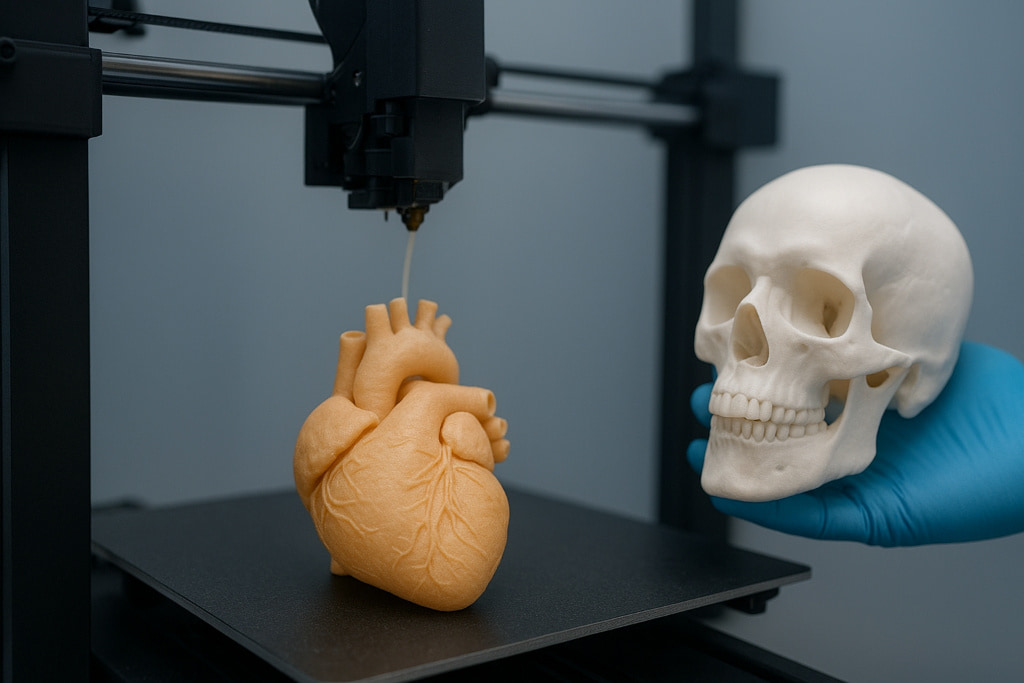
- +91 8055996347
- info@3dreality.in
- Chapru nagar square, CA road, Nagpur, Maharashtra-440008

3D printing is no longer just a tool for creating prototypes or hobbyist projects. In recent years, it has stepped into the world of healthcare and medicine, changing how doctors, researchers, and patients experience medical treatments. From custom prosthetics to bioprinting organs, 3D printing is shaping the future of medicine in ways we could only imagine a decade ago.
In this blog, we’ll explore how 3D printing is transforming healthcare, its benefits, challenges, and what the future may hold.
In simple terms, 3D printing in healthcare means using specialized printers to create medical tools, devices, and even living tissues layer by layer. Instead of mass production, 3D printing allows for personalized solutions tailored to each patient’s needs.
This personalization is what makes 3D printing a game-changer in the medical field.
Traditional prosthetics are expensive and take a long time to manufacture. With 3D printing, doctors can design affordable and perfectly fitting prosthetics for patients, especially children who need frequent replacements as they grow.
Similarly, implants for bones, joints, and dental use can be created quickly and with high precision.
Doctors can now 3D print exact replicas of a patient’s organs or bones before surgery. This allows them to practice and plan complex procedures in advance, reducing surgery risks and improving success rates.
Medical students also benefit by using realistic 3D-printed models for hands-on training without depending solely on cadavers.
One of the most exciting applications is bioprinting, where printers use bio-inks made of living cells to create tissues. While printing a fully functional human organ is still in the research stage, scientists have already made progress with skin, liver tissues, and even miniature heart structures.
In the future, this could help solve the global problem of organ shortages.
3D printing can also create customized pills and drug delivery systems. For example, a single tablet could combine multiple medicines with precise doses tailored to an individual patient’s needs.
This could revolutionize how treatments are prescribed, especially for people with chronic diseases.
Despite its potential, 3D printing in healthcare faces some hurdles:
The future of 3D printing in healthcare looks bright and innovative. We can expect:
As technology advances, 3D printing will not only save lives but also make healthcare more affordable, efficient, and accessible worldwide.
3D printing is set to revolutionize healthcare in ways we are just beginning to understand. From prosthetics and implants to bioprinting organs and customized drugs, the possibilities are endless. While challenges remain, the future is full of opportunities that could transform the lives of millions of patients worldwide.
At 3D Reality, we bring the power of 3D printing to life. From custom medical models to high-quality tools and prototypes, we help create innovative solutions that match real-world needs.
Want to explore how 3D printing can transform your ideas into reality? Contact 3D Reality today for professional, affordable, and reliable 3D printing services.